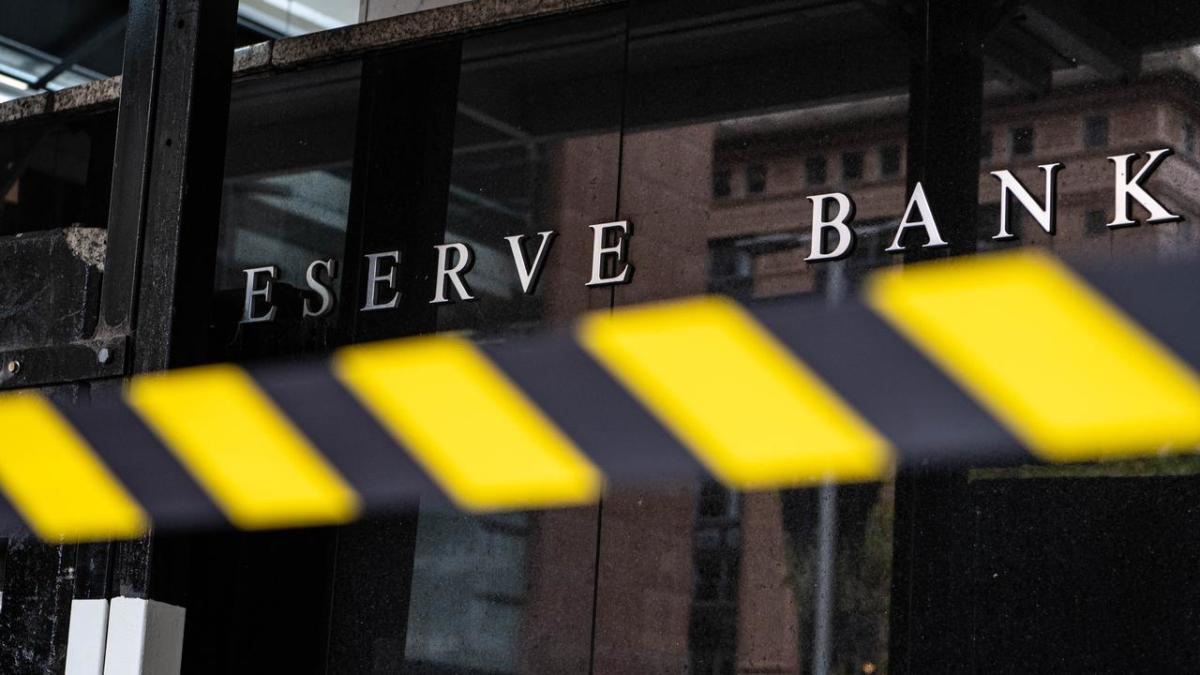Veteran camera operator Waynne Williams has a scheduled appointment at six o’clock each evening to watch the news programme he’s devoted much of his working life to filling.
“I’m still one of these people who hates watching news other than at six o’clock,” he laughed. “If I came home at seven and watched it recorded, it doesn’t feel right.”
Williams, now 79, began his broadcasting career in 1960 with the National Film Unit (NFU) in Wellington before the advent of televised news bulletins. “It was magic — like going backstage at a theatre — just awesome,” he recalled.
At 15, he was offered a full-time position with the NFU and, by 22, had progressed to heading the camera division. At 19, he was part of a New Zealand Broadcasting Corporation crew sent to report on the Vietnam War.
In New Zealand, NASA’s 1969 moon landing prompted nationwide television news broadcasts. Williams recalled travelling with a police escort to Wellington Airport with a reporter to pick up a recording of the landing, which had been flown from Sydney.
A network of manned, makeshift receivers throughout the country enabled the landing to be seen simultaneously.
“The moon landing was the first time we set up a link throughout the country using every bit of microwave equipment we had,” explained Williams. “On every hilltop was a technician with a receiver and sender.”
Six decades
Over the last six decades, Williams has filmed for news and current affairs, drama series, arts and children’s programmes and, in 2015, became a member of the New Zealand Order of Merit for services to the television industry here and in the South Pacific. In the 1990s, Williams helped establish a television network in Fiji.
He told Seven Sharp that a drawcard of working in television news was spontaneity; he often did not know where he would be working from one day to the next.
One of the toughest stories for Williams to film was on the day of the September 2010 earthquake when he was sent to cover the destruction of one of Canterbury’s most historic homesteads, Homebush, near the quake epicentre.

Williams and his wife, Anne, had raised their three daughters in a cottage on the property and had become friendly with owners Jim and Louise Deans.
“It was a shock, a huge shock,” Williams reflected. “Sadly, Jim died a few years after and Anne and I always put him down as being a victim of the earthquake. I think that shortened his life.”
Williams has enjoyed working with many reporters and presenters over the years, in particular two industry stalwarts, Ian Johnstone and Dougal Stevenson.
Mentor
As head of the camera section in the Auckland, Wellington, and Christchurch newsrooms, he has been responsible for hiring and mentoring new staff.
Broadcaster and host of The Amazing Race, Phil Keoghan, grew up in Christchurch and was handpicked by Williams to join TVNZ’s camera team in the city in 1986.
“There are people in your career who will go out of their way to help you, and Waynne was one of those people for me,” Keoghan said.
“I learned a tremendous amount from Waynne, and to this day, I still use a lot of the skills he taught me.”

Keoghan described his early mentor as “an inspiration” for his longevity in the industry.
Nowadays, Williams still works occasional shifts for 1News as a freelance camera operator and as a stills photographer for Christchurch Airport.
“Retiring is not a word that comes into our family life, really,” he said.
“Sure, I’m not working regularly, but I haven’t retired, and I don’t think of retiring in the future at all.”














